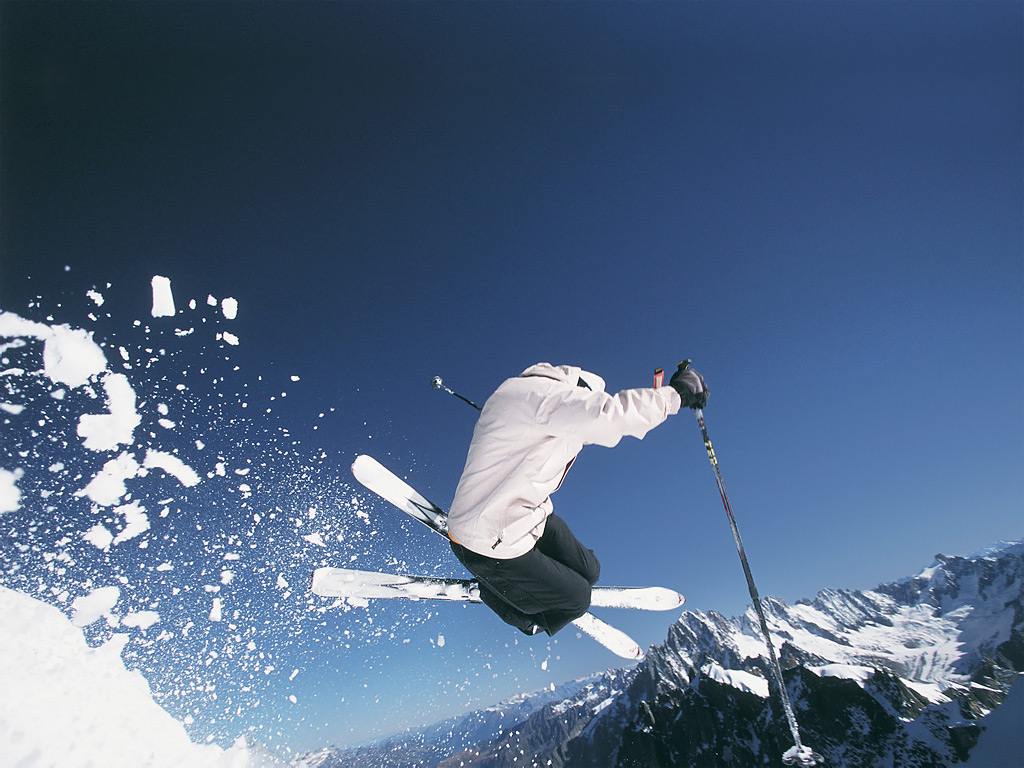How to Go Skiing in Blue Mountain, Pennsylvania

Skiing is an effective exercise and sporting fun in the winter. But in order to enjoy the pleasure, it is advisable to learn some basic rules, such as how to climb the mountain. Blue Mountain in Pennsylvania (approx – 1,082 feet) has been regarded as the hub for Skii lovers which can offer most interesting and challenging runs.
Learning how to ski is arguably a difficult job that needs a lot of practice. For beginners, the most important thing is not to get afraid of failure. As in any business, you need to train hard to become a professional.
Instructions
-
1
Purchase the necessary equipment before trying your fate at Skiing. Do not be afraid of heavy ski boots, which at first may seem uncomfortable. After all, they will help you in finding greater accuracy and precision of your actions when going skiing. However, make sure that the shoes are comfortable and well fastened to the leg. You must use a helmet to protect your head as well.
-
2
Ability to keep the rack is required for good skiing. To get started, simply learn to stand on both feet and try moving forward after finding the right balance. Bend down your knees a little and grip the sticks real hard with both hands. Only when you catch a balance, try to roll at the gentle slope, holding skis at a short distance from each other (approx - 20 cm).
-
3
Stand across the slope and try skidding while bending both knees to the side of the slope and make sure that both legs are moving together. If you get it how to do it, the next step is to make rotations.
-
4
In order to make the first turn, you will need to gently tilt your pelvis and both legs to one side. You can make a rotation after gently pressing down both skis simultaneously. The body should be slightly leaned forward and in the opposite direction of rotation. Put a gentle pressure on the skis while at slope. With proper rotator motions, make a slight turn with both skis.
-
5
Then you need to go back to the original position and rotate in the opposite direction of the flowing pressure at the slope, putting the legs and pelvis in the other direction.







